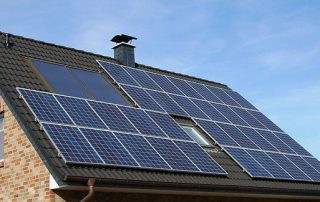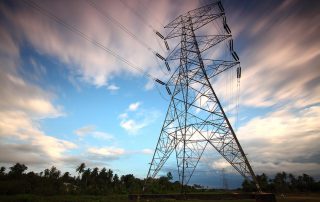We create the best Solar and Battery Systems design to save you money and safeguard the planet for the next generation. Request your free quote today and learn the solar potential of your home from our experts.
Reviews: What our customers have to say…
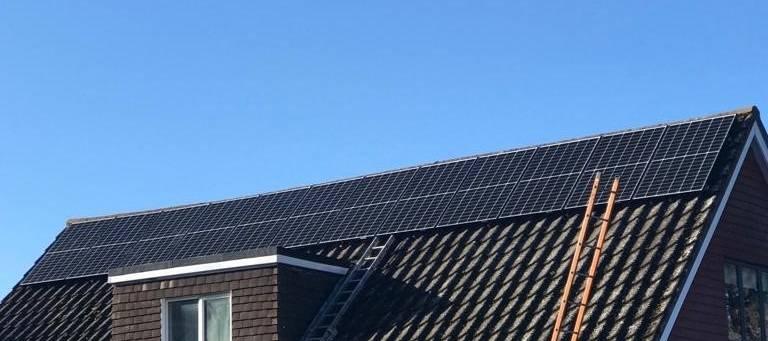
“We had our solar panels installed in January. Everything about the process from the survey to install was made very clear. If I had any queries, these were resolved very quickly. On the day of the install it all worked like clock work. I am delighted with the finished installation. I have no hesitation in recommending their services.”
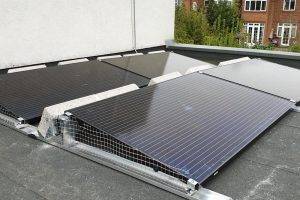
“…the after-care is as good as the proposal and installation were. I will be shouting about solar energy and specifically Tanjent from the rooftops, though not literally, as my solar panels are in the way!…”
Read the Full testimonial here…
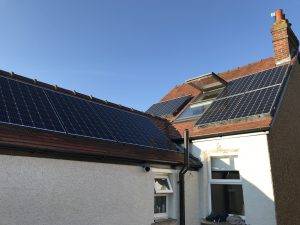
“The workmanship was clean, and tidy, and because I have a smart meter it is really easy to see just what a difference it is making. Your technical expertise after the installation was particularly helpful. Before I didn’t know what questions to ask, but afterwards all sorts of things popped up and I found you very accessible and helpful. Thanks again.”
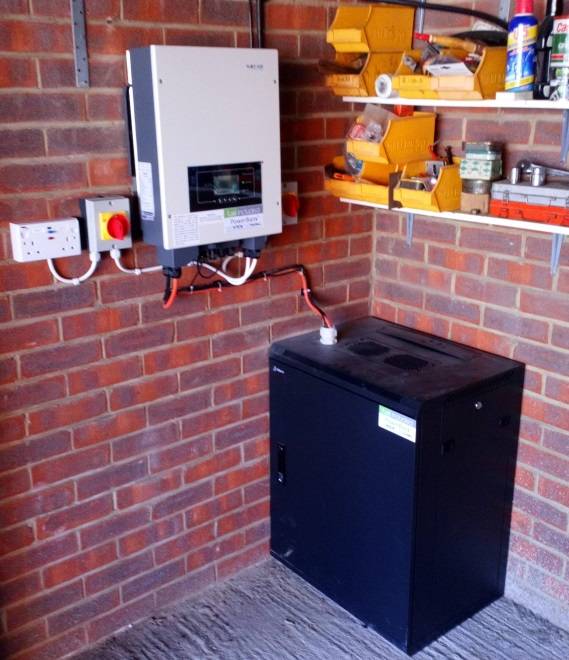
“The team were very approachable and customer focused. For instance, they were delayed 30 minutes by traffic but took the trouble to ring ahead so we knew when they would arrive. They took notice of and acted on several suggestions of mine regarding the location of the wiring, especially as cables were going from the CU, through and up one exterior house wall, across the loft then through and down the exterior wall on the other side of the house. They made very neat jobs of the new Consumer Unit, and where the cable entered the house on both sides. All the work was very neatly done, and they tidied up after themselves. Highly recommended.”
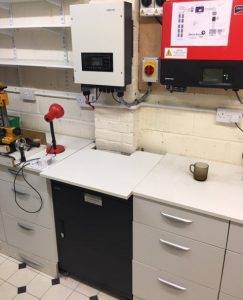
“From my perspective everything went really well, I was very pleased with the process, installation and the product. During the investigation phase where I was evaluating the market you were responsive to my requests for information (unlike a couple of other companies I tried) and having your blog to read through, gave me an indication of what to expect. I really appreciated the time you took to answer all my questions (we’ve exchanged over 100 emails between us so far!) and I don’t think there were any major questions you couldn’t answer. David arrived on time to do the installation, was quick, efficient and knowledgeable (and he took away the packaging which is always a plus). So far the system is working well and we have now had several days where we have not used any peak electricity, all our demand being met by stored solar / Economy 7.”
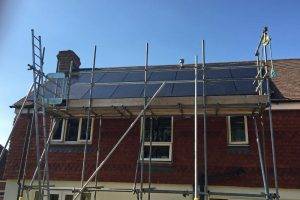
“We contacted a number of potential suppliers for our solar and battery installation, and decided to go with FuelIncluded [now Tanjent] because you listened to our needs and were quick to respond with potential solutions. You answered our queries with enough detail to provide confidence, without trying to bamboozle with too many facts and figures. The price and process were both simple and easy to understand. The total was not the cheapest but represented the best value based on specification and installation charges.Installation took a little longer than hoped, partly interrupted by our availability/holiday but also delayed by the installer’s availability, and the scaffolding. Installation itself was quick and remarkably trouble free, all was done within 3 days and no mess left behind.
Since installation the follow-up has been not too often, and not too rare – just right to check that we were happy and making the most of the installation. I’d be happy to recommend FuelIncluded [now Tanjent] to my friends and family.”
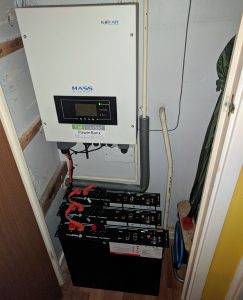
“These past few days have been great for solar and therefore the PowerBanx. I’ve been going home especially at lunch time to cook myself something to eat, whilst plugging my car in (admittedly only via the ‘granny cable’) and still the solar and battery together cover the ~5kW I’m pulling. No Economy 7 top ups required overnight, matching your predictions. I am very pleased with that.”
Learn more with our blogs and FAQs
FAQs
In nearly all cases we will arrange to have scaffolding installed about a week ahead of fitting solar panels on your roof, and then we will arrange to have it removed a week or so afterwards once we know everything is working as expected.
Where the roof is single storey the scaffolding cost may be lower. Conversely there may be additional costs for higher and wider buildings, or for difficult arrangements (such as spanning across a conservatory).
Solar panels can be installed on most types of roofs:
- Pitched roofs with concrete tiles: These are the most straightforward installs.
- Pitched roofs with clay tiles: Because clay tiles can be fragile these installs need the addition of rubber tile replacements (known as ‘Hookstops’) to keep the roof secure and watertight.
- Pitched roofs with slate tiles: It is difficult to move slate tiles without causing damage so slate tiles are a challenge. There are various products on the market that can help with this but they add to the cost and are not always fully certified. We will discuss your particular circumstances with you but in some cases we may have to reluctantly advise that we cannot install on your roof.
- Flat roofs: We have multiple options to install on flat roofs, including using ballast or fixed bolts and are happy to discuss the various options with you. Note, though, that you may need to get a structural survey done by a third party to confirm that the roof is strong enough for the extra load.
The good news is that for the vast majority of domestic installations, no planning permission is required.
The main exception may be if you are in a conservation area. Read our Blog here.
As an option you can set up an emergency power system (EPS) to help you cope with power cuts. There are three main options:
- A single socket on the storage system to allow you to plug in whatever is most useful such as to keep your smart phones and LED torches charged. Keep your router plugged in so you keep internet connectivity.
- A specific ring main could be kept powered. This could protect your fridge and freezer, or allow you to use your gas cooker and central heating, and power some lights. This option would require some additional wiring work.
- You want to power your whole house. In this case we would design a system with sufficient power and storage for this to be a realistic option.
For more details see our Blog here.
Imagine a bath full of water. The volume of water is like the amount of stored energy (the kWh). Now imagine a tap is opened and the water flows out. The speed that it flows out is like the power (kW). The water (energy) will pour out of a big tap, but only trickle out of a tiny tap.
For your home system, you want power sufficient to run real world equipment (a big enough ‘tap’). For example, a kettle typically uses 2 kW for a few minutes. If your battery can deliver a power output at 2kW or above then it will all come from your cheap stored energy (the PowerBanx X range can output up to 3 kW).
Batteries are usually warranted for a certain number of cycles over their lifetime. A ‘cycle’ means a full discharge / recharge cycle. If you only partially drain the battery before recharging it this would count as a partial cycle. The number of cycles multiplied by the usable capacity gives the total energy that will be available to you over the life of the battery and that is warranted by the manufacturer. Good quality batteries will keep working well beyond their warranty.
To avoid damage, most batteries are never drained completely (there are exceptions to this). Our systems allow the drain level to be set to ensure your battery life is maximised. The usable capacity is how much of your total battery capacity is available to use when the battery is fully charged.
Usable capacity is typically 80% of total capacity.
Batteries store energy measured as kWh (this is the ‘kiloWatt hour’ – exactly the same as the ‘unit’ of electricity in your electricity bill). To imagine what it means, consider a typical electric fan heater rated at 1 kW. If you have a 5 kWh battery, it could run that 1 kW heater for 5 hours.
The most versatile is an electrical battery that stores surplus or cheap electricity and makes it available to you when it is most needed.
A lower cost alternative to an electrical battery is a thermal battery. This uses a solar diverter to send excess Solar to your immersion heater to give you free hot water.
Not long. Typically within 2 weeks of receiving your deposit, but we will always make sure it is at a time to suit you.,
For some systems we must get approval from your DNO (Distribution Network Operator) who need to understand if high energy sources are being added to the grid. This typically takes from 4 to 8 weeks, but as soon as approval is achieved, we install within two weeks.
This doesn’t affect any of your normal consumer protections, including the 14 day cooling off period.
Update 2022: Due to market conditions and supply issues an installation may currently take a couple of months to be completed.
This is a win-win for you. We connect our battery systems after the generation meter, in compliance with OFGEM rules, so your FIT readings and payments are unaffected, even though you keep the energy for yourself.
Your guide to how much solar panels cost in 2025
With energy prices rocketing again, now may be a
‘Blackouts can happen anywhere’: how power systems worldwide can collapse
After Europe’s biggest blackout in over 20 years, experts warn
Why Well-Off Brits Who Think Collapse Is Coming Still Stay Silent
In one hand, an oat latte. In the other, a











